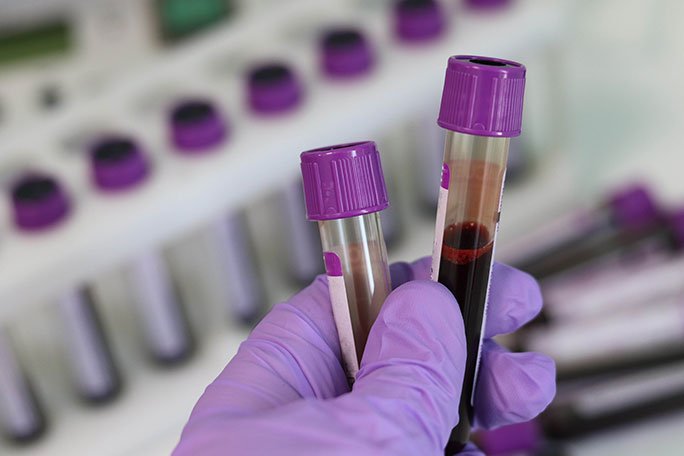Challenges and Strategies for Implementing Phlebotomy Apps in Hospitals: A Comprehensive Guide
Summary
- Implementation of phlebotomy apps for supply and equipment management in hospitals can bring significant benefits such as improved inventory tracking and cost savings.
- However, there are several challenges that hospitals in the United States may face when trying to adopt these apps, including issues with data security and privacy, staff training, and integration with existing systems.
- It is crucial for hospitals to carefully consider these challenges and develop strategies to address them effectively in order to successfully implement phlebotomy apps for supply and equipment management.
Introduction
Hospitals in the United States are constantly looking for ways to streamline their operations and improve efficiency. One area that has seen significant technological advancements in recent years is supply and equipment management. Phlebotomy apps, which are designed to help hospitals track and manage their supplies and equipment more effectively, have gained popularity among Healthcare Providers. However, the implementation of these apps comes with its own set of challenges that hospitals need to be aware of.
Potential Challenges Faced by Hospitals
Data Security and Privacy Concerns
One of the main challenges that hospitals face when implementing phlebotomy apps for supply and equipment management is ensuring data security and privacy. These apps often store sensitive information such as patient data, inventory levels, and purchasing history. Hospitals need to ensure that this data is protected from unauthorized access and potential breaches. This requires investing in robust security measures, such as encryption and access controls, to safeguard the information stored in the app.
Staff Training and Adoption
Another challenge is ensuring that hospital staff are adequately trained to use the phlebotomy apps effectively. Many Healthcare Providers may not be familiar with the technology used in these apps, which can lead to resistance to adoption and poor utilization. Hospitals need to invest in training programs to educate their staff on how to use the apps efficiently and integrate them into their daily workflows. Without proper training, the benefits of the apps may not be fully realized, leading to wasted resources and inefficiencies.
Integration with Existing Systems
Integrating phlebotomy apps for supply and equipment management with existing hospital systems can be a complex and time-consuming process. Hospitals often have multiple systems in place for managing different aspects of their operations, such as Electronic Health Records (EHR), inventory management, and billing. Ensuring seamless integration between these systems and the phlebotomy apps is crucial for data accuracy and Workflow efficiency. Hospitals need to work closely with app developers and IT teams to ensure that the apps are compatible with their existing systems and can communicate effectively with each other.
Strategies for Addressing These Challenges
- Develop a comprehensive data security plan that outlines protocols for protecting sensitive information stored in the phlebotomy apps.
- Invest in staff training programs to ensure that Healthcare Providers are proficient in using the apps and understand the benefits they bring to the organization.
- Collaborate with app developers and IT teams to streamline the integration process and ensure that the apps work seamlessly with existing hospital systems.
- Monitor the implementation progress closely and make necessary adjustments to address any issues that arise during the adoption process.
- Seek feedback from staff and stakeholders to identify areas for improvement and make enhancements to the apps as needed.
Conclusion
While implementing phlebotomy apps for supply and equipment management can be a challenging process for hospitals in the United States, the benefits they bring in terms of improved efficiency and cost savings make them a valuable investment. By addressing potential challenges such as data security concerns, staff training, and system integration, hospitals can successfully adopt these apps and enhance their operations.

Disclaimer: The content provided on this blog is for informational purposes only, reflecting the personal opinions and insights of the author(s) on the topics. The information provided should not be used for diagnosing or treating a health problem or disease, and those seeking personal medical advice should consult with a licensed physician. Always seek the advice of your doctor or other qualified health provider regarding a medical condition. Never disregard professional medical advice or delay in seeking it because of something you have read on this website. If you think you may have a medical emergency, call 911 or go to the nearest emergency room immediately. No physician-patient relationship is created by this web site or its use. No contributors to this web site make any representations, express or implied, with respect to the information provided herein or to its use. While we strive to share accurate and up-to-date information, we cannot guarantee the completeness, reliability, or accuracy of the content. The blog may also include links to external websites and resources for the convenience of our readers. Please note that linking to other sites does not imply endorsement of their content, practices, or services by us. Readers should use their discretion and judgment while exploring any external links and resources mentioned on this blog.
